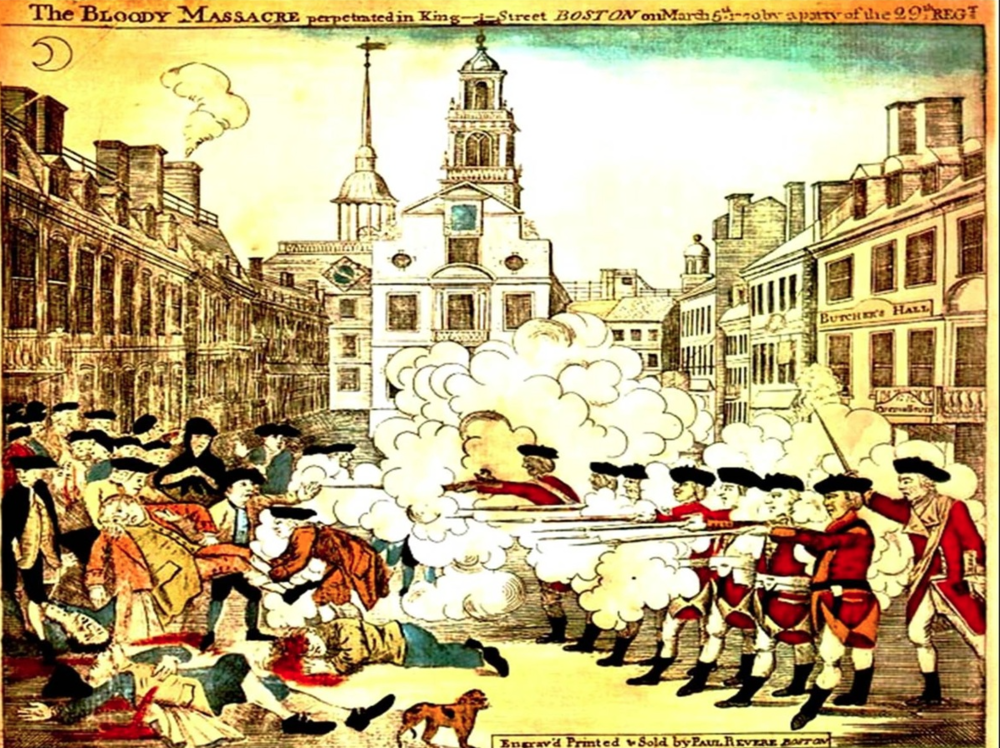
Section Branding
Header Content
Getting Started With Document-Based Questions
Primary Content

Analyze. Discuss. Compare and Contrast. Evaluate the degree to which. These are the new demands of social studies education. Students now must go further than selecting or listing answers such as who, which, or when. Enter the Document-Based Question (DBQ), a teaching strategy no longer just for Advanced Placement history classes anymore. As inquiry-based approaches to social studies become more prominent, all levels of education are finding this method useful for teaching critical thinking yet more challenging as students must learn new and more difficult skills earlier and earlier. For more on the inquiry approach, head over to our popular blog for tips or our blog on using primary sources in the classroom as well as links and suggestions for finding quality documents. The Library of Congress also has a simple site full of useful links to help teachers get started.
DBQs require students to collect evidence and to answer higher order questions, and typically, one of a judgmental nature. It is not enough for them to know their historical timelines. They must have an opinion on the goings-on of the past and must back up their claims with evidence gleaned from historical documents. So, not only do students need to be literate in understanding how to gather information from multiple sources, but teachers are also tasked with finding and curating collections of sources related to specific topics and content areas. The folks over at the Literacy Cookbook offer an excellent guide to finding resources along with different approaches to teaching with documents. For students, Stanford University’s History Education group hosts a Reading like a Historian site to introduce students to looking at perspectives and evidence to solve problems and answer questions. To dive deeply into primary source sets, the National History Education Clearinghouse has an entire database of document sets for multiple grade levels. We love their Historical Scene Investigation files. They're like CSI for history! On the opposite side of the spectrum is Google's Arts and Culture site, which houses an immense repository of paintings and cultural artifacts for bringing more creative documents into the classroom.
For our Georgia Studies teachers, a great article to get you started is "Making DBQs Work In Middle School" from social studies coach Carolyn Henderson. Here at GPB we are currently putting the final touches on a series of DBQs to support our Georgia Studies Digital Library. Available in the teacher resources section, every unit will soon have a four-page printable DBQ tied to the most essential standards-based elements of that content. A teacher guide for each questions is also in the works! And for a great model of a document-based, self-contained lesson check out Historical Thinking Matters created by George Mason University’s Center for History and New Media as an online lab based on four events in American history.
If you have any insight or suggestions for teachers just getting started, please leave a comment below!





